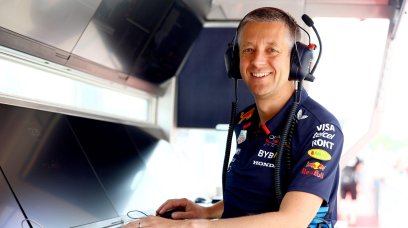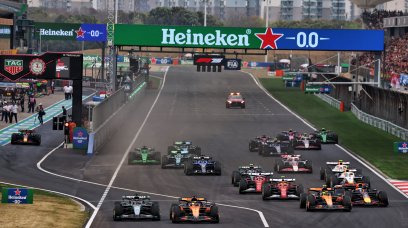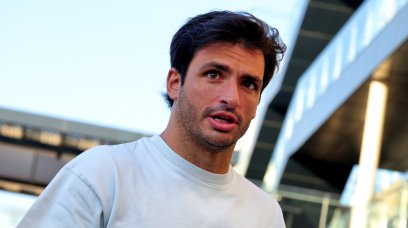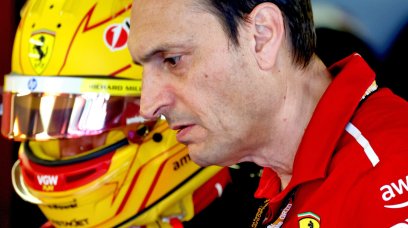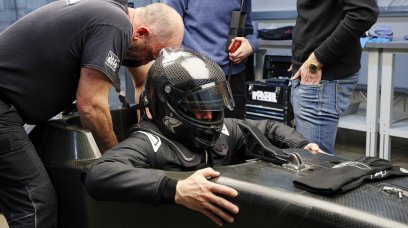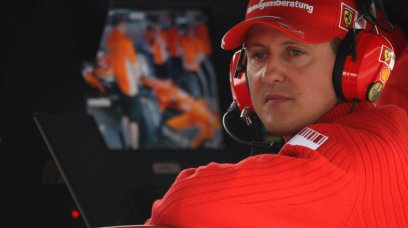May 28 marks the biggest day in the motorsport calendar as both the Monaco Grand Prix and the Indianapolis 500 will take place. Both races are legs in the fabled Triple Crown with the final leg, the Le Mans 24 Hours, run in June. But a special race such as the Indy 500 brings a special qualifying format unlike anything else in racing. RacingNews365.com breaks it all down.
How it works
Qualifying for the Indy 500 takes place a full week before the race is run and is completed across two days. On Saturday, a qualifying slot is open from 11:00 to 17:50 local time. Each entrant will be given one guaranteed attempt in a pre-determined order. Additional attempts are allowed but come on a first-come, first-served basis with cars wheeled into a separate queue. The fastest 12 drivers from Saturday's qualifying will secure a position in the second round, with positions 13 to 30 on the grid confirmed. If more than 33 entrants are listed, as there is this year, then positions 31 and lower will be entered into a Last Chance Qualifying session. On Sunday, the LCQ session sees positions 31 and lower take to the track again with times from Saturday erased. Positions 31 to 33 will be filled with those that are slower failing to qualify for the event. The session lasts 45 minutes and drivers may take as many attempts as they deem necessary. That sits between round two and the 'Fast Six'. The second round features the top 12 from Saturday who re-qualify, again with original times erased. Drivers take to the track in reverse order from their Saturday efforts, with the top six advancing to the 'Fast Six'. Positions seven to 12 will be locked in for the race. The process is repeated for the 'Fast Six', with the fastest securing pole for the Indy 500 and collecting championship points with it.
Most read
